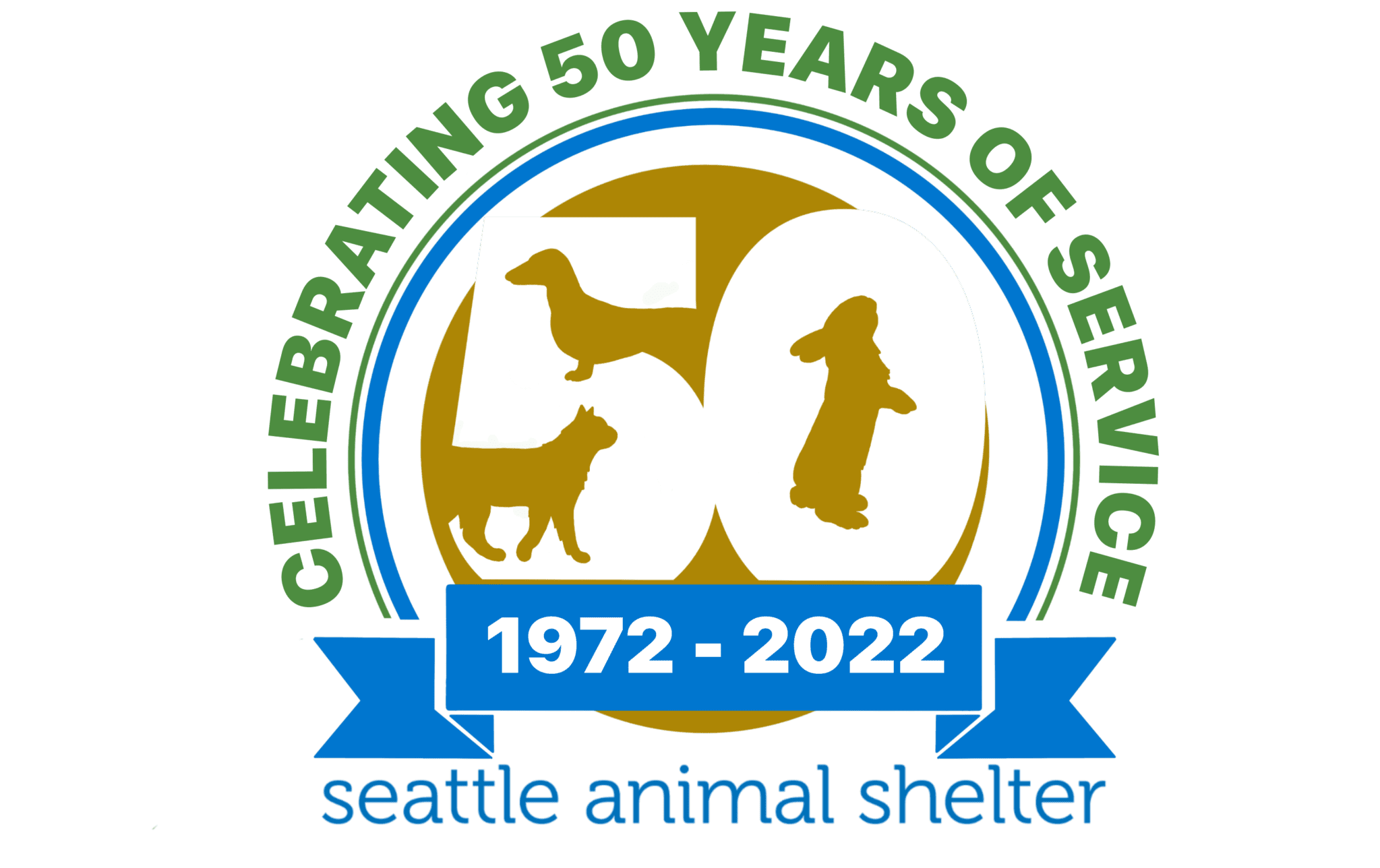As we celebrate the Seattle Animal Shelter’s 50th anniversary this year we’re sharing a few stories from its history.
In April 1972 the City Council voted to create a Division of Animal Control with a $214,000 annual budget and $92,356 appropriated from the City’s emergency fund. The Council also approved bonds to be issued to fund the construction of a new animal shelter, which would open 10 years later and still operates in the same location in the Interbay neighborhood.
From 1972 to 1982, SAS managed the shelter formerly owned by the Seattle Humane Society at 601 Elliott Ave. W. The property was owned by Blackstock Lumber, which rented it to the City for $1,700 per month, equal to about $11,000 today.
The 1925 building posed challenges to modernizing the shelter and the location along the shoreline created similar issues with redevelopment. The City also did not think they could afford to buy the property from Blackstock.
At first the City and King County had proposed a joint animal shelter located in Seattle. So the search was on for a new location – a search that would lead the planners from South Park to Georgetown to SODO to South Lake Union, and, finally, to Interbay.
The effort faced opposition from many neighborhood groups. Community councils throughout the city passed resolutions against consolidation and against siting the facility in their neighborhoods.
One resident used a cassette tape recording of dogs barking at the shelter to express his opposition, drawing a strong rebuke from the acting director who alleged that the man had crept onto the property and agitated the dogs so they would bark.
When the new facility opened in 1982 it sheltered about 15,000 animals in its first year. Today the shelter takes in about 3,000 animals each year and operates more like a waystation than a final destination, placing more than 90 percent of the pets it cares for into loving homes.
Help us provide for the animals in our care. You can help the pets at the Seattle Animal Shelter by donating to the Help the Animals Fund and the Pet Population Control Fund.


